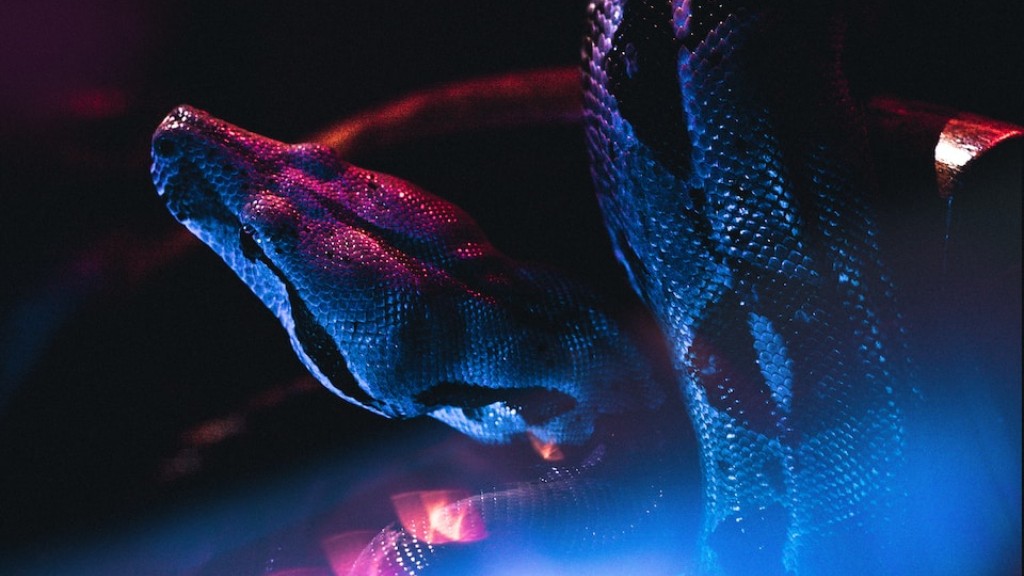Boa vs Python Snake
Introduction
When discussing large constrictor snakes, two species often come to mind: the Boa and the Python. These remarkable creatures belong to the family Boidae and have captivated the interest of both researchers and enthusiasts for their impressive size and fascinating behaviors. While both snakes share similarities, they also have distinct characteristics that set them apart. In this article, we will explore the key differences between Boas and Pythons, shedding light on their unique features, habitats, behaviors, and impacts on the ecosystem.
Physical Attributes
One of the most noticeable differences between Boas and Pythons lies in their physical appearance. Boas typically have a more robust body structure, with a shorter and thicker tail compared to their counterparts, the Pythons. Conversely, Pythons tend to boast a slender and elongated body, providing them with a nimble disposition. These physical characteristics shape their hunting methods and preferences.
Size
Boas and Pythons are both impressive in terms of size, however, Pythons generally surpass Boas. The largest Python species, the reticulated Python (Python reticulatus), can grow up to an astounding length of 30 feet. In contrast, Boas, although impressive in size themselves, reach an average length of around 10 to 15 feet. These variations in length contribute to differences in their diets, hunting strategies, and adaptability to various habitats.
Behavior and Hunting
Both Boas and Pythons are constrictor snakes, meaning they kill their prey by squeezing it until it suffocates. However, their hunting techniques differ slightly due to their physical disparities. Boas, with their muscular bodies, tend to ambush their prey, relying on a sudden burst of movement to capture their target. This technique is efficient in dense forests where they wait for unsuspecting prey to pass by.
On the other hand, Pythons, with their slender and agile bodies, are known for actively hunting their prey. They employ a more patient approach, gradually stalking their target until an opportunity arises to swiftly strike. This hunting style is advantageous in open grasslands, allowing Pythons to blend seamlessly into the environment and catch their prey by surprise.
Diet
Due to the variations in size and hunting strategies, Boas and Pythons differ in their dietary preferences. Boas are known to consume a diverse range of prey, including small mammals, birds, reptiles, and amphibians. Their larger size allows them to tackle larger prey items such as wild pigs or caimans, making them apex predators in their habitats.
Pythons, while opting for a narrower range of prey, have the ability to consume larger meals. Their diet mainly consists of mammals, such as deer and antelope, which they consume whole after successful hunts. This unique feeding strategy allows Pythons to survive for extended periods without eating again, providing them with an efficient energy utilization mechanism.
Habitat
Boas and Pythons inhabit various regions across the globe, each with its preferred habitats and ecological impact.
Boas
Boas are found predominantly in the Americas, including diverse habitats such as rainforests, swamps, and arid regions. Their adaptability to different climates and environments has enabled them to become highly successful in colonizing various territories.
Pythons
Pythons, on the other hand, primarily reside in the continents of Africa, Asia, and Australia. They favor tropical and subtropical regions, thriving in environments such as grasslands, savannas, and even trees. Certain Python species, such as the Burmese Python (Python bivittatus), have been introduced to regions outside their natural range, bringing about ecological concerns.
Ecological Impact
When examining the ecological impact of Boas and Pythons, their introduction to non-native environments becomes a significant concern.
For instance, the Burmese Python, being an invasive species in the Everglades National Park in Florida, has caused a decline in native wildlife populations. With no natural predators, these Pythons have preyed upon various mammals and birds, leading to imbalances in the ecosystem. Similar situations exist with other Python species introduced to non-native environments, raising awareness about the importance of implementing effective management and control measures.
Conclusion
Boas and Pythons are captivating creatures, each possessing unique characteristics that shape their physical attributes, behavior, hunting strategies, and impact on their respective ecosystems. Understanding these differences contributes to our knowledge of these remarkable snake species and helps us appreciate the intricate balance of nature in which they exist. By studying and conserving these magnificent creatures, we can further promote harmony between humans and wildlife.



